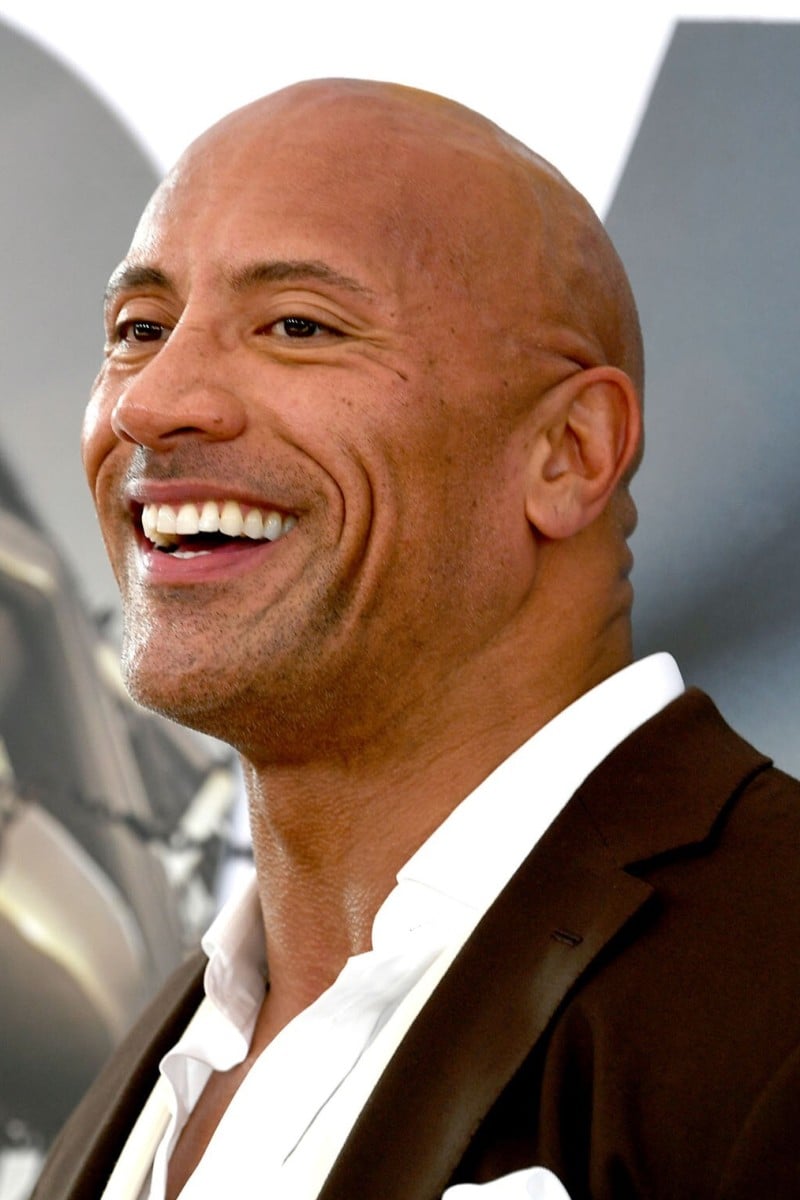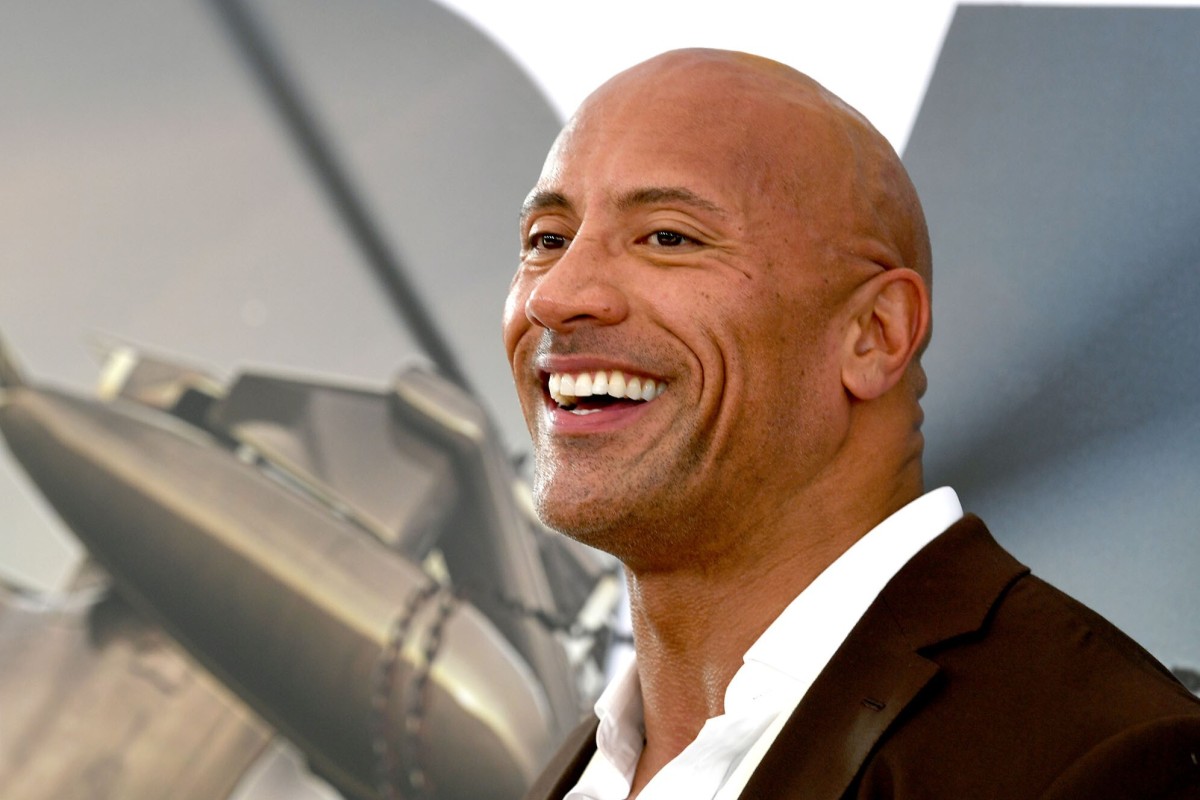
The Rock plays one-third of all Asian American and Pacific Islander movie roles, study finds
- Only around three per cent of Hollywood’s top movies from the last 13 years feature an AAPI lead or co-lead - and it’s often Dwayne Johnson
- Positive representation in films and TV is essential as anti-Asian violence rises in the US
 Feel like you’ve seen The Rock everywhere lately? Turns out, you have. Photo: TNS
Feel like you’ve seen The Rock everywhere lately? Turns out, you have. Photo: TNSAsian American and Pacific Islander representation in Hollywood movies has a long way to go, according to a new report released Tuesday.
Arriving during Asian American and Pacific Islander Heritage Month and amid a rise in anti-Asian racism and violence, the new study examined 1,300 top-grossing movies from 2007 to 2019 for AAPI representation in onscreen and behind-the-camera roles, as well as among the executive ranks in top Hollywood film companies. It also reviewed the top 100 movies of 2019 for an analysis of how AAPI characters were portrayed.
How Hollywood fails Asian male actors
Among the highlighted findings: Only 44 of the 1,300 films reviewed featured AAPI lead or co-lead characters driving the story, while nearly 40 per cent of the films reviewed had no AAPI representation at all.
This means only 3.4 per cent of the top-grossing movies in 13 years featured at least one AAPI protagonist in a prominent role. These characters were portrayed by 22 individual actors, including Dwayne “The Rock” Johnson, who is credited in 14 of the 44 films.
Just six of the AAPI lead/co-lead protagonists in these films were women - played by four individual actors - and none were women older than 40.
The teens driving the conversation about Asian representation and racism
When Asian representation and Pacific Islander representation were examined separately, 40.2 per cent of films failed to include even one speaking or named Asian character, while Pacific Islanders were absent in 94.2 per cent of the films.
“People often ask me whether representation of Asian Americans and Pacific Islanders is improving,” sociologist Nancy Wang Yuen, one of the report’s lead authors, said in a statement.
“Unfortunately, when representation looks like tokenism, Hollywood is doing the bare minimum for inclusion. In 2019, 30 per cent of AAPI primary and secondary characters were either [the only one] or interacted with no other AAPI characters onscreen. We need to see more than one AAPI character interacting with one another in meaningful ways.”
The film 'Crazy Rich Asians', released in 2018 and based off a book of the same name, was celebrated for its representation, as it featured an all-Asian cast.
The study, titled The Prevalence and Portrayal of Asian and Pacific Islanders Across 1,300 Popular Films, is a collaboration between Yuen, USC associate professor Stacy L. Smith and the university’s Annenberg Inclusion Initiative, which frequently calls out Hollywood’s shortcomings when it comes to inclusive representation.
The report also provided context to highlight just how damning the findings are.
For example, in the same 13-year period where only 22 AAPI actors were featured in prominent roles in top movies, there were 336 white male actors driving the storylines as lead/co-leads. According to the study, white male actors named Ben, Chris, Daniel, James, Jason, John, Josh, Michael, Robert, Sean or Tom were more likely to be chosen to play a lead/co-lead in a Hollywood movie than any AAPI woman.
Daniel Dae Kim on the ‘sad reality’ of anti-Asian violence
Beyond the presence of AAPI characters in films, the study examined the quality of AAPI roles in the top movies from 2019 and found that Hollywood continues to perpetuate harmful stereotypes. When AAPI characters are not silenced, they tend to be tokenised, isolated, stereotyped or relegated to sidekicks and villains. Among the prevailing AAPI stereotypes are portrayals of these characters as “perpetual foreigners” with exaggerated accents or as expendable. The report also found AAPI women in Hollywood films are still hypersexualized, and the industry’s history of emasculating AAPI men continues.
“These findings offer more evidence that the epidemic of invisibility continues to persist and with serious consequences,” Smith said in a statement. “Mass media is one factor that can contribute to aggression towards this community. When portrayals erase, dehumanise, or otherwise demean the AAPI community, the consequences can be dire. Without intention and intervention, the trends we observed will continue.”